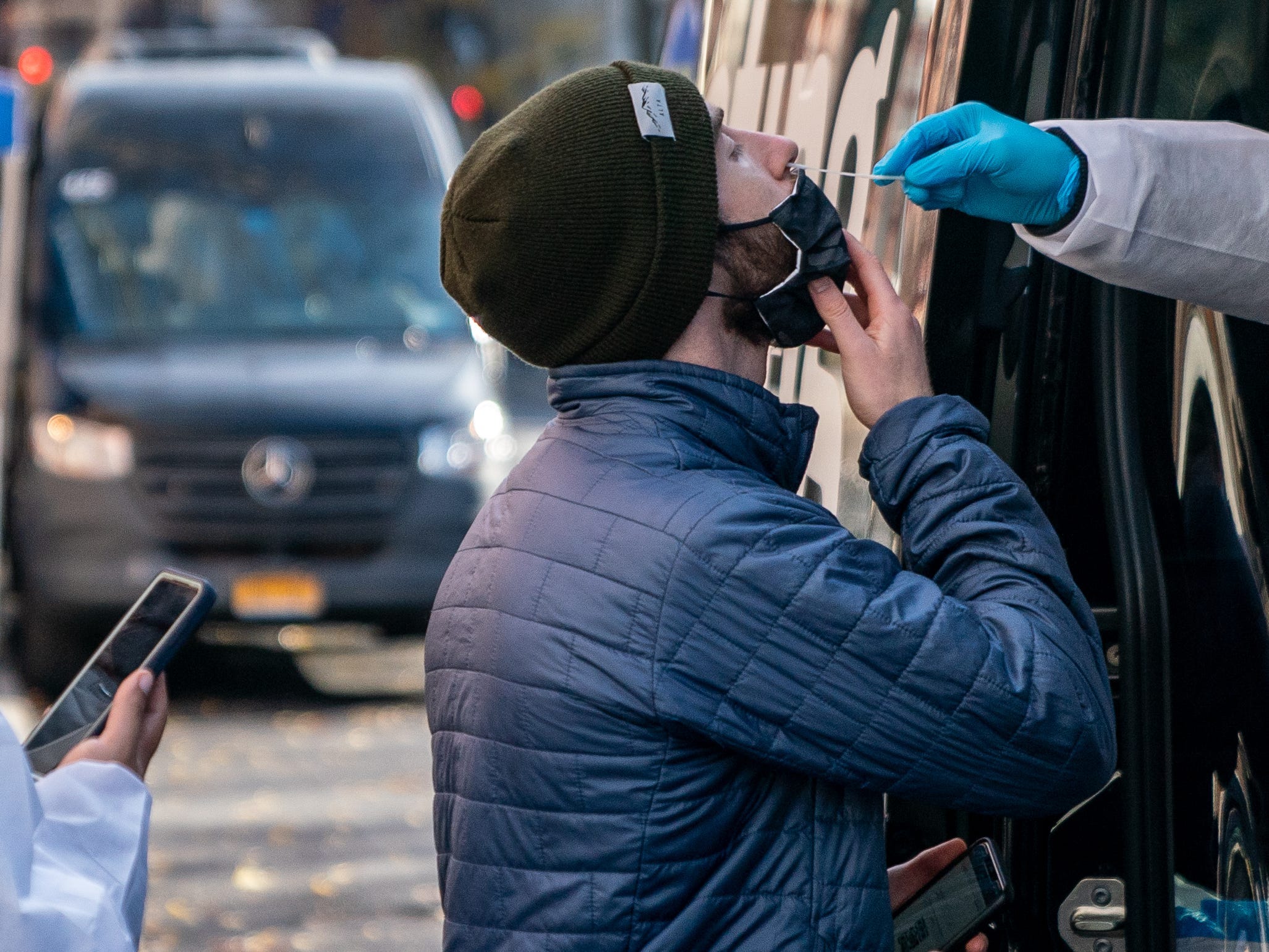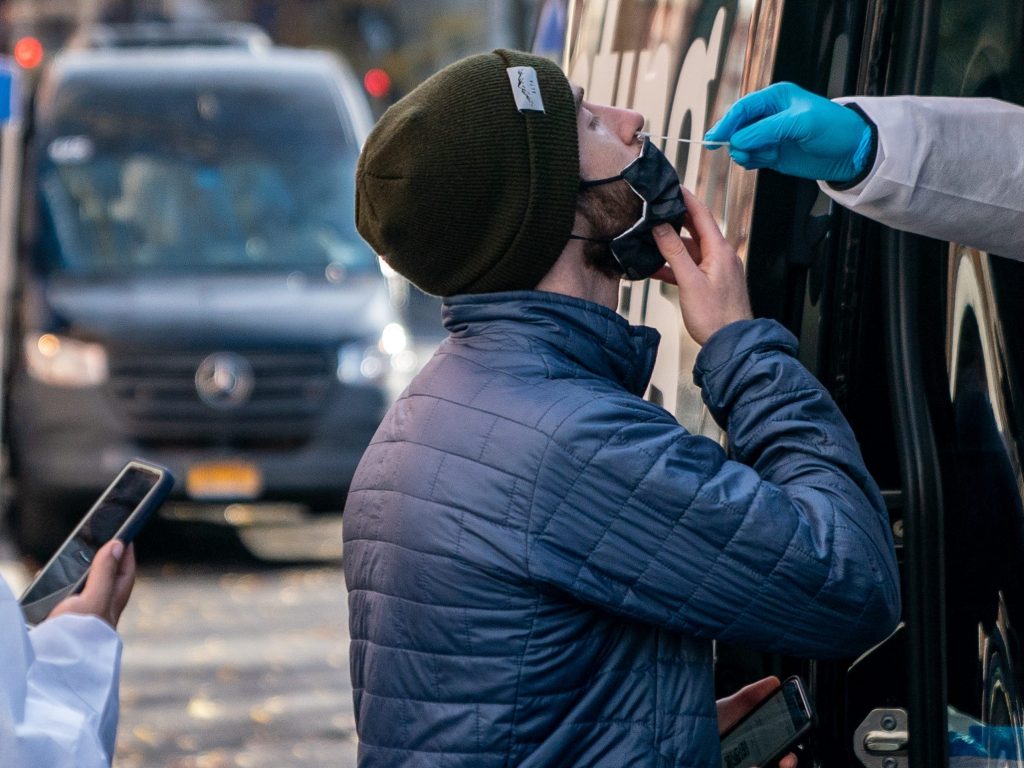
- The US has a distance to go before it returns to a "normal" level of public health, according to a report.
- COVID-19 deaths are 10 times higher than the average respiratory illness pre-pandemic, it said.
- 53 specialists wrote the report, including scientists and former Democrat and Republican officials.
US mortality rates due to COVID-19 are currently about 10 times higher than had been recorded during previous outbreaks of a major respiratory disease, experts have said, indicating that the country has some distance to go before it returns to a "normal" level of public health.
The current number of deaths still exceeds what would typically be expected in a "bad" flu season, according to a report by a group of the world's top scientists, public health doctors and policy experts published Monday. In that scenario, hospitals would fill, worker shortages would emerge, and more than 50,000 Americans would lose their lives in a year.
According to the group, to reach "the next normal" the US should aim for an average mortality of less than 0.5 deaths per million Americans per day, or 165 deaths per day — fewer or the same as in a "bad" flu and RSV season. RSV is a common respiratory virus that usually causes mild, cold-like symptoms.
"Unfortunately, the United States has yet to arrive at the next normal," the report said, noting that nearly 1 million Americans had died from COVID-19 over the last two years.
"Going into March 2022, the country is currently experiencing about 5 deaths per million people per day from COVID-19. That is about 10-fold higher than was normal for major respiratory diseases prior to the COVID-19 pandemic."
The group behind the report is tasked with planning a roadmap of how to return the US to "normal conditions", allowing US citizens to live without restrictions such as face masks, isolation and other public health measures that were implemented during the pandemic to stem the spread of the virus.
The group — which includes former officials from both Republican and Democratic administrations — said several other metrics, as well as death rates, would help determine whether measures should be imposed or retained in order to return the country to a "normal" footing. Vaccination rates, prior immunity, the amount of virus in wastewater, and health system stress such as staff shortages would also be considered.
Some signs of a return to normality are starting to emerge, with Americans already ditching their masks under new Centers for Disease Control Guidance. The new normal could also mean regular vaccine shots to keep future outbreaks of COVID-19 at bay.
The CEO of vaccine maker Moderna, Stéphane Bancel, said February 25 that the pandemic could be over by the end of the year, albeit with annual boosters for those most vulnerable to severe illness.
In "the next normal" Americans should feel that they have "adequate" access to healthcare, and are confident to attend work, school or supermarkets without emergency measures or restrictions, the report said.
As with flu, though, some precautions may still be needed, it cautioned.
"Eliminating Covid is not a realistic goal. Instead, the nation must plan to mitigate its effects, prepare for variants, and build towards a next normal," the experts said in the report, adding that a new variant is "possible" within the next 12 months.

